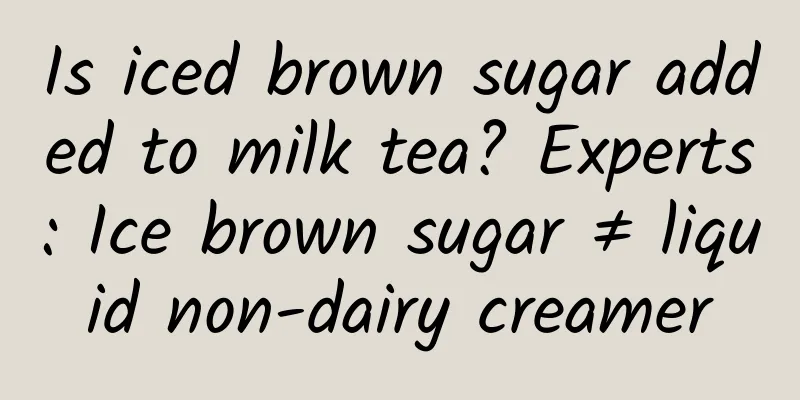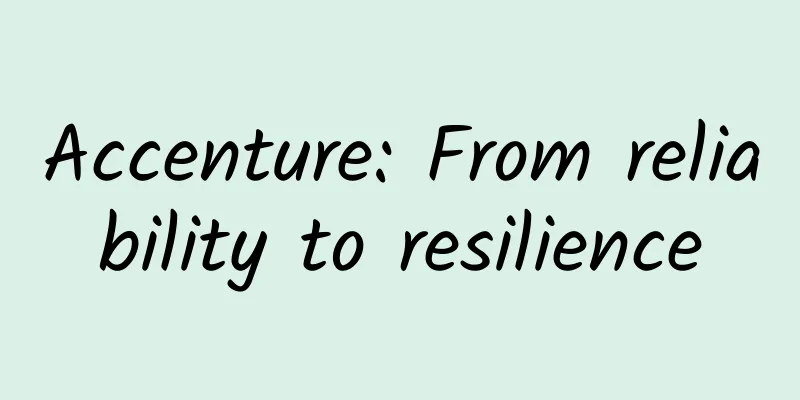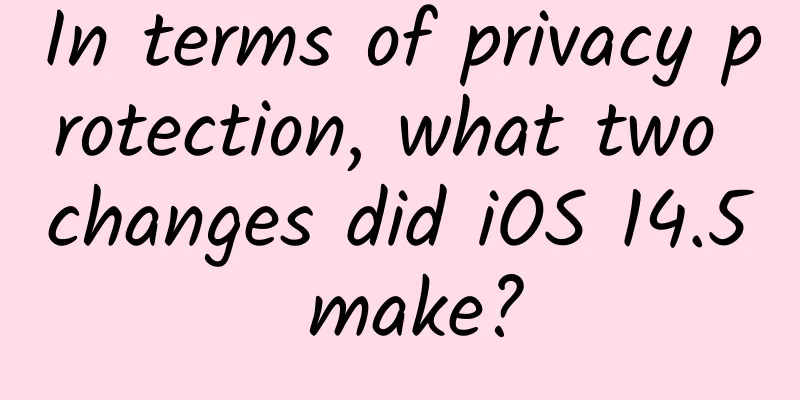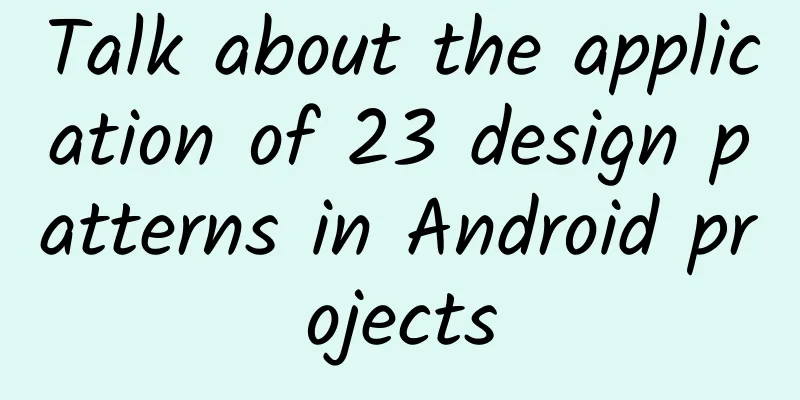A dirty chip will affect performance. Here are four ways to clean it.

|
Do you usually wash dishes, vegetables, fruits or clothes at home? Are you the kind of person who has obsessive-compulsive disorder and must wash things spotlessly? If so, you are welcome to come to us to wash chips. So how should chips be washed? Do you need to wash them very cleanly? The chips we usually use are sealed in a shell, so dust usually cannot get in. However, the chips are exposed during the manufacturing process. Some friends would say, "It's OK if there is some dust, just make sure it's not too dirty." But in fact, a speck of dust is much larger than the electrical devices on the chip. For example, in June this year, a famous mobile phone manufacturer announced that it would develop a 2nm chip. What is a 2nm chip? Is the length, width or thickness of the chip 2nm? No. 2nm refers to the "feature size". Simply put, it can be understood as the line width of the circuit and device above is 2nm. How big is the dust? We often say PM2.5 and PM10, which are particles with a diameter of 2.5 microns and 10 microns. 1 micron is equal to 1000 nanometers. Once the dust hits in, it is very likely to make the originally non-conductive place conductive, and the chip cannot be used. So it is said that you can't rub sand in your eyes, and in fact, you can't rub sand in the chip. Of course, the silicon material of the chip itself is also derived from sand. But after the chip is made, you can't mix sand into it, and you can't let dust fall on it. Since chips are so delicate, there are many things to pay attention to when making them. First of all, the location is very important. You can't do it on the street. Everything will be blown away by the wind. The place where chips are processed is called a "clean room". The place where we usually do experiments and tests is called a "clean laboratory". Clean laboratories have different levels, including 100, 1,000, and 10,000. What does it mean? 100 means that there are no more than 100 particles with a diameter greater than or equal to 0.1 microns per cubic meter. There is also a higher standard, 10th level, no more than 10. In addition to the environment, cleaning is also very important. The chips cannot be contaminated. In addition, if it is in the chip research and development experiment, many of them are cleaned manually. Silicon wafers are used to make chips. Before the silicon wafers are bought back and used, they must be cleaned in various ways. The picture comes from Tuchong.com There are different ways to clean the chip. A relatively simple method is called flushing. In the laboratory, the chip is placed in a container, flushed several times, and then the water is poured out. Then, it is placed under the faucet and the water is turned on. Of course, the water used must be very clean, and deionized water must be used. So this is very wasteful. It is common for the clean laboratories of many scientific research institutions to spend several thousand yuan a day on water and electricity. Of course, chip manufacturers spend much more than this, and most of them use automatic spray flushing. There is also a cleaning process called "organic cleaning", which can remove most organic pollution. This is a bit like washing glasses with an ultrasonic cleaner, but of course the power is higher than that of washing glasses. Put the chip in an acetone solution and vibrate it with an ultrasonic cleaner, then use ethanol, which is alcohol, to dissolve the acetone. Then rinse with water to wash away the ethanol. Of course, the ethanol used must be of a relatively high purity, called MOS-grade ethanol, and you cannot use Erguotou to wash it. There is also a method called acid cleaning, because it is more commonly used, so we also call it "conventional cleaning". It is to boil the chip with sulfuric acid and hydrogen peroxide. This acid cleaning is called piranha clean in English. Piranha means piranha in English. As you can imagine, this cleaning method eats all kinds of things like piranhas, and can clean most of the conventional pollutants. However, although it can remove most of the conventional pollutants, it does not completely remove potassium ions, and the impact of potassium ions on the chip is relatively large. Therefore, there is also a special cleaning method called potassium ion removal cleaning. In the laboratory, hydrochloric acid and hydrogen peroxide are used for heating for cleaning, and there are many cleaning methods for removing various ions in industrial production. After the acid cleaning and potassium ion removal cleaning, you need to rinse with water and blow dry with a nitrogen gun. You need to wear a mask during this process, otherwise if you cough at the chip, all the cleaning will be in vain. Of course, if there are materials on the chip that will react with the cleaning agent, this cleaning method cannot be used. For example, some materials will be corroded by acid, so they cannot be cleaned with acid. Therefore, these cleaning steps are often used to clean silicon wafers before use. In fact, these methods mentioned are generally not used in daily life. For example, it is impossible to boil vegetables with concentrated sulfuric acid and hydrogen peroxide. However, organic cleaning can still be used to wash glasses, but don't use acetone. Acetone is somewhat toxic and may dissolve the plastic on your eyes. We can just use detergent. Flushing is a more common method. You can put fruits under the faucet and rinse them, but it does waste more water. After all, we don’t usually have such high requirements for cleanliness, so if you have obsessive-compulsive disorder and must wash it very clean, you are welcome to study chip-related majors. However, if you don’t have obsessive-compulsive disorder, you may become obsessive-compulsive after studying this major, like me. However, in fact, these manual operations are all laboratory methods, and sweating sodium ions in them may affect performance, so now industrial production chips are operated by machines. This article is a work supported by Science Popularization China Starry Sky Project Author: Tiangeng Reviewer: Huang Yongguang (Associate Researcher, Institute of Semiconductors, Chinese Academy of Sciences) Produced by: China Association for Science and Technology Department of Science Popularization Producer: China Science and Technology Press Co., Ltd., Beijing Zhongke Xinghe Culture Media Co., Ltd. |
>>: Is watermelon too sweet because it has been sweetened? July's rumor list is out
Recommend
McDonald's launches sky-high priced takeout boxes, a brand marketing trick?
From the bizarre cross-border phenomenon of big b...
There were 144 space launches worldwide in 2021, with China ranking first, followed by the United States and Russia!
In 2021, global space travel was very busy, setti...
How do brand advertisements stimulate purchasing impulse?
In this article, I will talk about the impact of ...
How does information flow advertising highlight selling points? Share 4 tips!
In daily advertising , do our designers and artis...
In addition to Meizu, there will be more Ubuntu phones on the market
At the moment, it's hard to measure the succe...
Why do sunflowers follow the sun? Scientists discover new mechanism →
Compiled by: Gong Zixin sunflower Known for its a...
Ancient encryption technology
See how we've hidden private information thro...
Focus on the defense of small stars! How strong is the "Chinese compound eye"?
On February 14, the second phase of the "Chi...
Spending billions of dollars but still having no users, what is the key to user growth?
Recently, many people around me have come to me t...
Originated from Europe? Is Philips TV a genuine Chinese product or a fake foreign one?
When it comes to home appliances, many consumers ...
Have you ever seen a bird that can set fire? Don't be the scapegoat for wildfires, maybe it used fire earlier than humans
Today we are going to talk about birds that trave...
If you don’t choose the right method, no matter how much advertising money you spend, it will be wasted!
If you want to sell your product well, you have t...
How to purchase the birthday blessing video for African children?
A simple small blackboard with words written on i...
Going back to the ancient times when there was no Internet, what was the game of "All or Nothing" about?
The recent release of the movie "All or Noth...
Foxconn, one of the world's top 500 companies, is not content with just being a contract manufacturer. Is its acquisition of Sharp and Toshiba a big move?
Since Foxconn acquired Sharp, Sharp has undergone...









